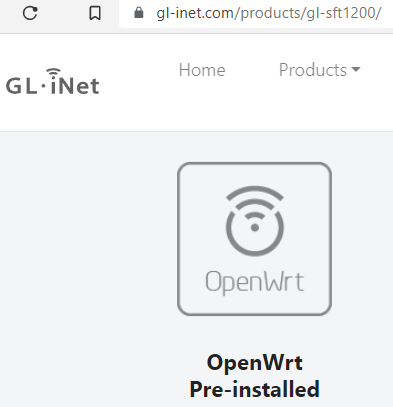An update about this.
The GL-SFT1200 (Opal) product page still claims it runs OpenWrt, which as described before it's not really OpenWrt but "a fork" this vendor is handling internally. Maybe somebody from the developer team would want to discuss that misleading claim with them.

For other models, I've read that after several users got in contact with them, they agreed to develop that hybrid firmware support for that equipment, and in some cases they even have released the "clean" images, which looks more like the real OpenWrt.
Note: The clean firmware has only LuCI, no GL.iNet web Admin Panel.
For this SiFlower-based that's not the case, the only available firmware is the vendor's one, which its stable 3.215 version is apparently "Based on openwrt 19.07.8" system and "OpenWrt 19.07.10 CVE" security patches (which casing aside I think is more like the proper wording they should be using elsewhere).